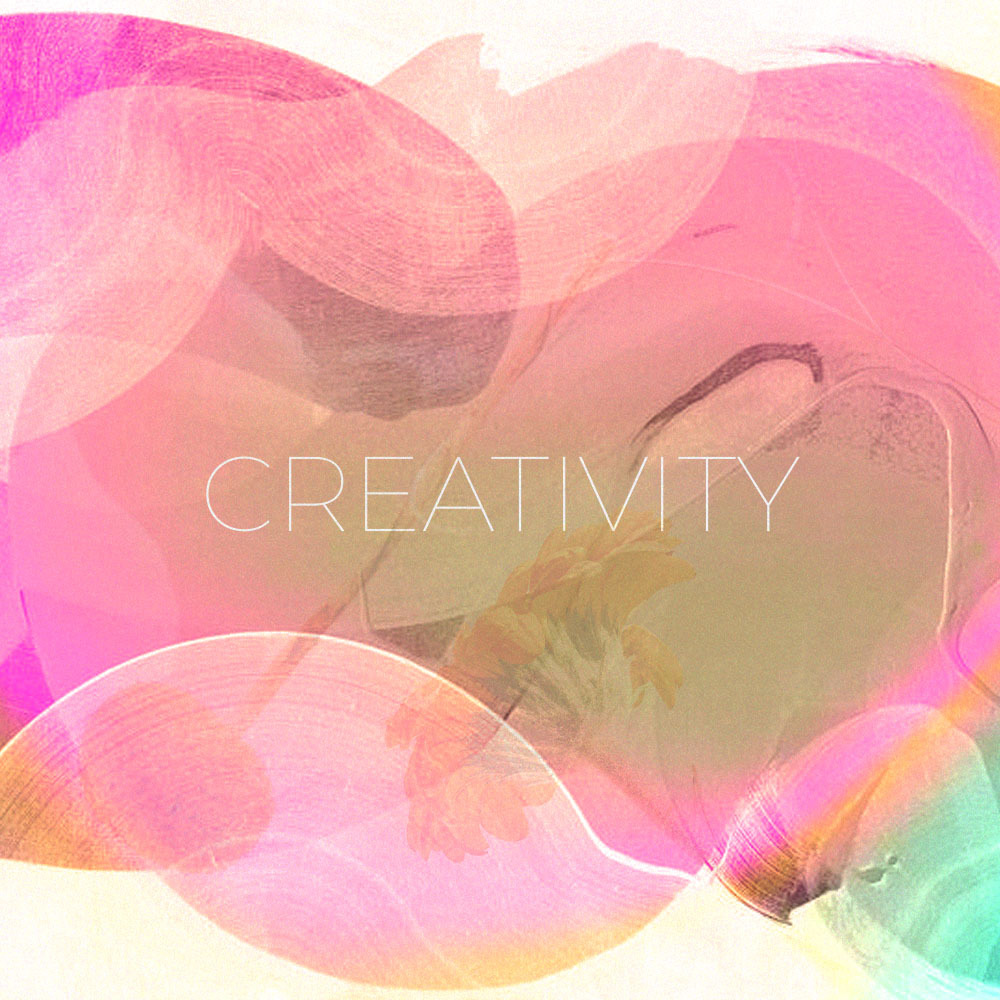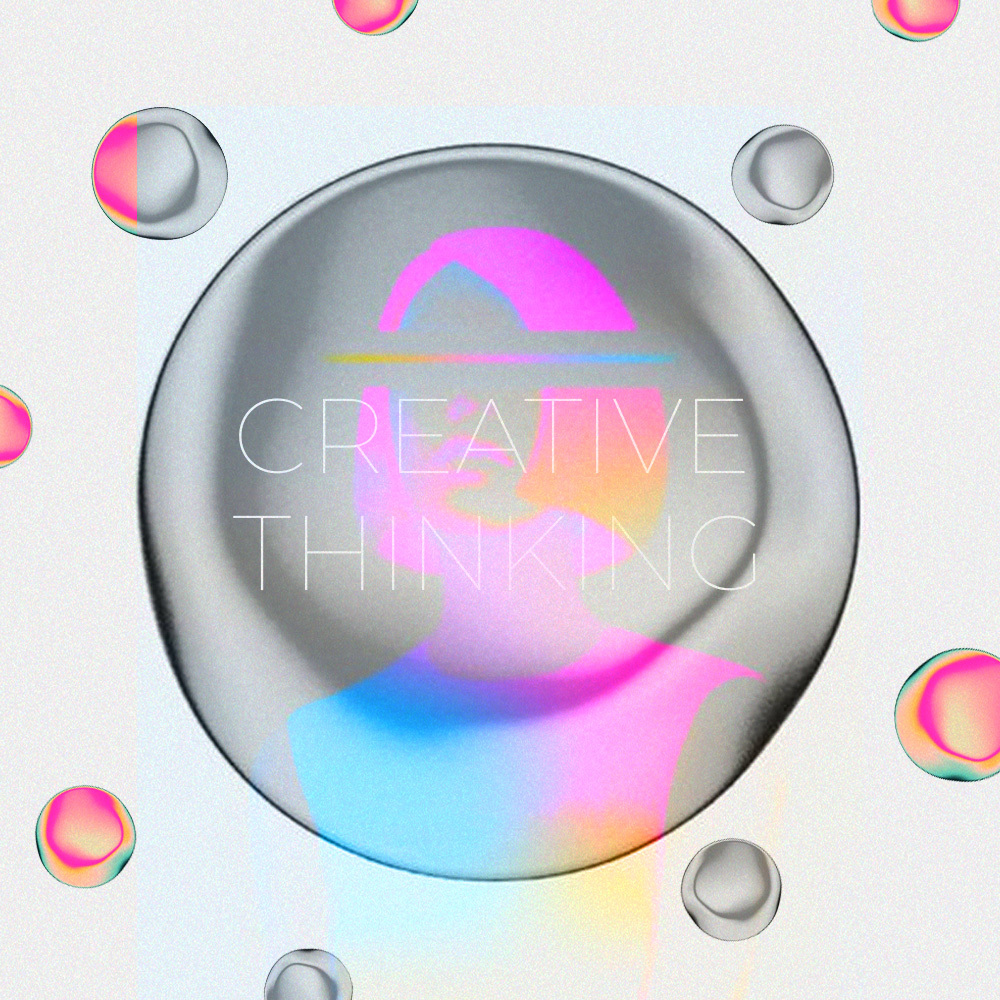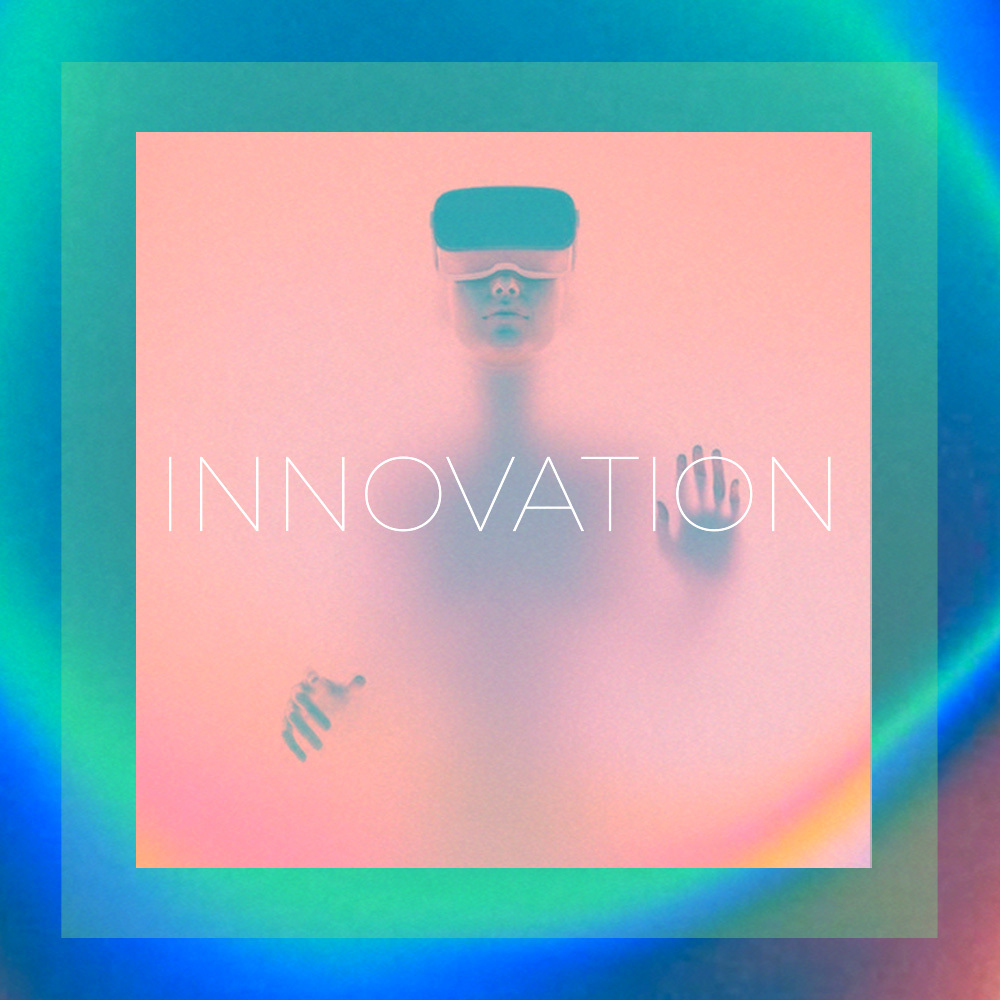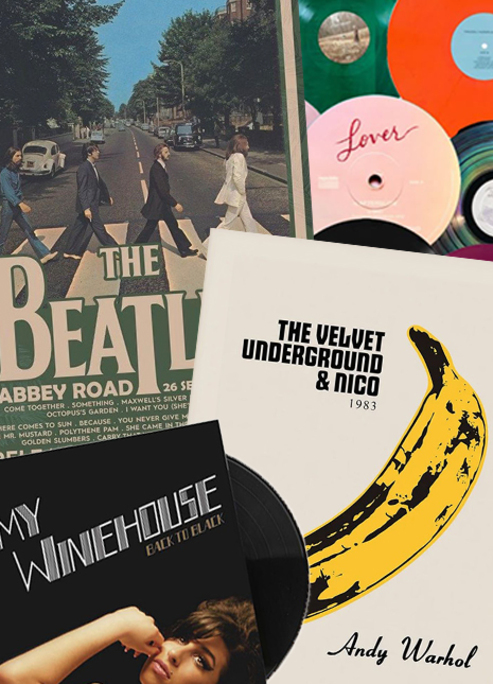
What Every Creative Should Know About Mindfulness to Unleash Innovation
Creating creative workplaces.
The importance of maintaining a fresh and open mindset cannot be overstated. Different types of kratom strains have been noted for their varied effects, which some individuals use to shift their mental state during creative work or meditation. However, it's another form of mental enhancement—mindfulness—that has shown promising results in fostering innovation. This ancient practice has surged in popularity in the modern workplace for good reasons. Let's delve into why mindfulness is crucial for creativity and how it can transform your innovative processes.
Understanding the Brain's Creative Powerhouse
At the heart of our creative capabilities is the brain, an organ divided into various parts each responsible for different facets of thinking and feeling. The neocortex, the brain's newest evolutionary addition, handles high-level cognitive functions such as creative thinking and problem-solving. However, the effectiveness of the neocortex is contingent upon the emotional balance maintained by the limbic system and the alertness controlled by the reptilian brain, our oldest brain part that governs survival instincts.
These components can either hinder or enhance our creative flow, particularly in how they interact during stress. When our basic survival mode is triggered excessively, it can overshadow our higher cognitive functions, stifling creativity. Understanding this interaction highlights the importance of a balanced mental state for optimal creative output.
The Role of Mindfulness in Creativity
Mindfulness meditation offers a profound benefit by diminishing the reactivity of the reptilian brain, thereby promoting emotional equilibrium and enhancing neocortex activity. This practice not only boosts emotional intelligence but also primes the brain for creative thought, allowing for more fluid and dynamic idea generation. Companies like Google and General Mills have recognized these benefits, integrating meditation into their corporate cultures to spur creativity.

Scientific Insights into Mindfulness and Innovation
Research supports the beneficial impact of mindfulness on creativity. Studies indicate that regular meditators display less cognitive rigidity, avoiding outdated solutions and demonstrating a greater capacity for innovative problem-solving. This cognitive flexibility is crucial in today’s fast-paced, complex business environments where traditional solutions often fall short.
Creating a Mindful Workplace
To cultivate a creative and agile workplace, a shift in mindset is essential—from relentless efficiency to thoughtful reflection and innovation. This shift involves encouraging practices that slow down our mental processes to allow for deeper, more creative thinking.

Implementing Mindfulness Techniques
Corporate-based mindfulness programs can train employees in open awareness meditation, a form of mindfulness that fosters divergent thinking—a key element in creativity. These programs help individuals learn to temporarily set aside their work's habitual thinking and approach problems with a fresh perspective.
Encouraging Mindful Practices
Organizations can further support creativity by integrating mindfulness into their daily operations. Simple practices like starting meetings with a mindfulness exercise can help employees focus and engage more fully with creative tasks.
Broadening the Impact of Mindfulness
The broader impacts of mindfulness extend beyond immediate creative tasks. By fostering an environment where employees are encouraged to engage in mindfulness, companies can enhance overall well-being and increase the likelihood of innovative outputs.
Sustaining Creative Insights
Regular mindfulness practice not only aids in immediate problem-solving but also contributes to a sustained ability to generate innovative ideas. Encouraging employees to adopt mindfulness can lead to enduring changes in how they think and approach challenges.
Leveraging Mindfulness for Long-term Innovation
Institutionalizing mindfulness in corporate settings can create a culture that consistently supports creativity and innovation. This cultural shift can transform an organization’s approach to challenges and opportunities, fostering a more dynamic and responsive business environment.

Conclusion
Mindfulness is more than just a tool for personal well-being; it is a critical component of the creative and innovative processes within organizations. By understanding and implementing mindfulness techniques, creatives and companies alike can unlock new levels of creativity and innovation, ensuring they remain competitive and relevant in an ever-evolving business landscape. In fostering a mindful workplace, we not only enhance individual creativity but also cultivate a more innovative and resilient organizational culture.











